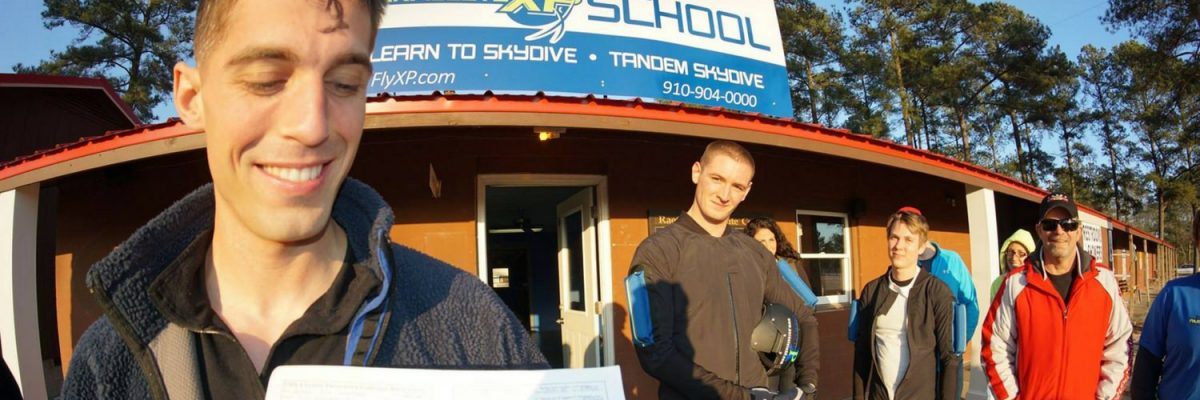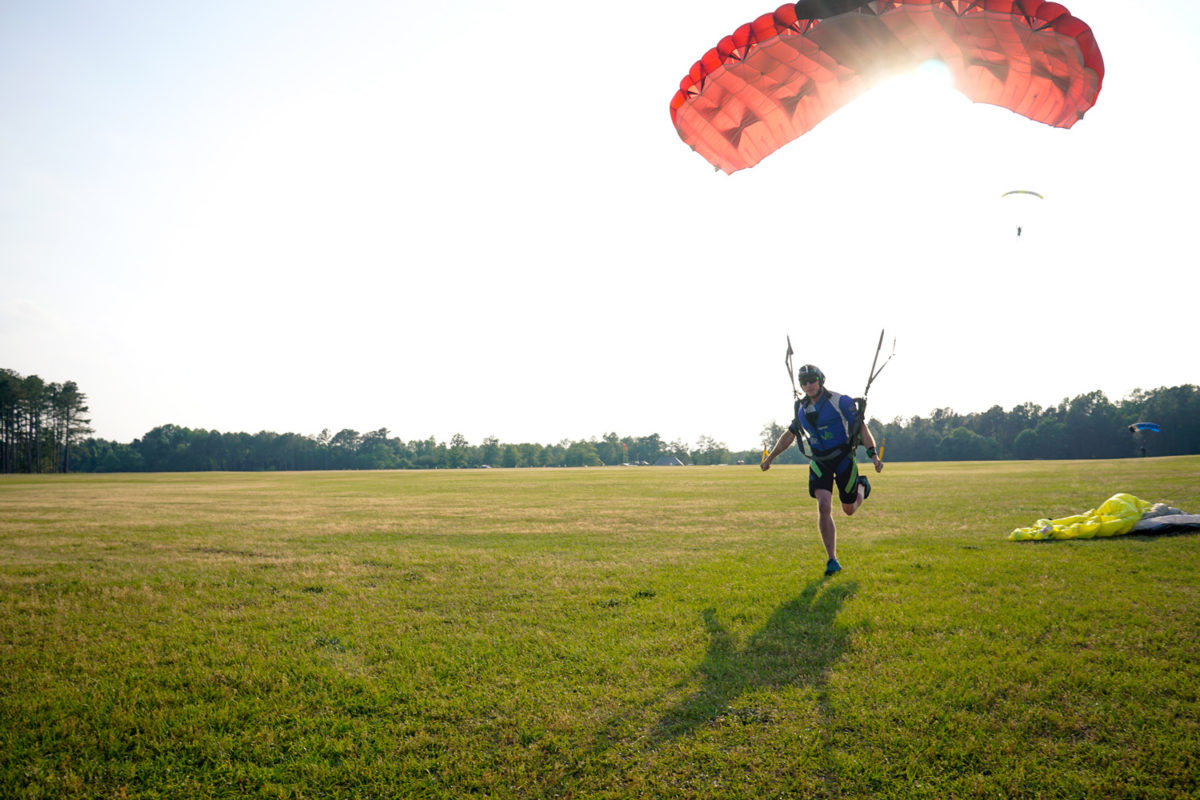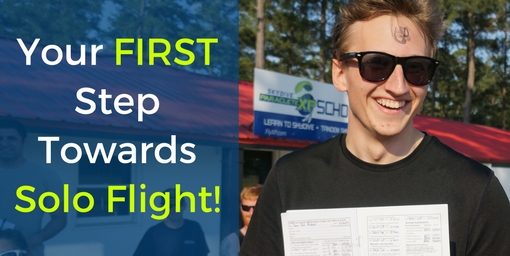
Skydiving License Levels Explained
Friday, August 25, 2023
When a new skydiver has completed their training, they receive a skydiving A license. This is their proof that they are safe and cleared to skydive without supervision.
Skydiving is all about continuing to learn and improve, so here in the USA (and many other countries around the globe), we use a tiered system of skydiving licenses, each progressively more advanced and proving the skydiver has a wider range and depth of skill and experience.
Here, we’ll explain the skydiving license levels and what’s needed to achieve them.
What Types Of Skydiving Licenses Are There?
There are four types of skydiving licenses. These are categorized as A, B, C, and D licenses. Each license is progressively more challenging to achieve, requiring the skydiver to prove certain skills and reach certain experience levels. The A license is the first license obtained by a new skydiver. The D license is the highest level of skydiving license and requires skydivers to have completed all requirements of the previous licenses, a minimum of 500 jumps, as well as two specific advanced skills requirements.
Here are some of the key requirements for each skydiving license level:
| Skydiving License Level | Minimum Number of Jumps | Minimum Freefall Time |
| Skydiving A License | 25 | — |
| Skydiving B License | 50 | 30 mins |
| Skydiving C License | 200 | 60 mins |
| Skydiving D License | 500 | 3 hours |
Skydiving “A” License
The skydiving A license is the first license a new skydiver achieves. It is proof that the skydiver has completed their training and is now cleared to jump without supervision. A licensed jumpers are also permitted to pack their own main parachute, do group jumps, and jump near water.
Achieving an A license is really exciting! To get to this point, the skydiver will have completed all of their basic training and will have learned all about their equipment, how to exit the aircraft, how to fly their bodies in freefall, how to control their parachute during the descent and landing, and what to do in the event things don’t go to plan.
What is required to get a skydiving A License? According to the United States Parachute Association (USPA), a skydiver must:
- Complete a minimum of 25 jumps
- Complete all requirements laid out by the USPA A License Proficiency Card
- Make five skydives with one or more other people
- Have their skydiving license card signed and officially stamped
- Pass the USPA written and oral exams
Skydiving “B” License
The next level of skydiving license is the skydiving B license. This level is achieved by skydivers who have completed a minimum of 50 skydives. B license skydivers have proven a basic level of experience in jumping unsupervised and with others.
While the A license gives you the freedom to jump unsupervised, the B license shows that you have been able to do so for at least 25 jumps, including planned jumps with groups. According to the USPA, a B license skydiver has:
- Achieved the skydiving A license
- Made 50 skydives during which they have been in freefall for at least 30 minutes and have landed within 33 feet of a target on ten jumps
- Demonstrated the ability to perform controlled turning and backlooping maneuvers, or successfully completed the planned points in ten group formation skydives
- Documented proof of live water landing training
- Proven their canopy piloting skills by fulfilling the requirements of the USPA canopy piloting proficiency card
- Passed a written USPA exam
A B licensed skydiver is eligible to become a USPA skydiving coach once they have completed 100 jumps and can perform night jumps.
Skydiving “C” License
A skydiving C license is a step higher than the B license. A C license holder can do all of the things listed under A and B and is also eligible to get their USPA instructor rating (though not the Tandem rating).
They can also be a passenger on a USPA tandem instructor training course and rating renewal jumps and can participate in certain more advanced level jumps. To do this, a skydiver must:
- Have achieved a B license
- Have completed 200 jumps and been in freefall for at least 60 minutes
- Have landed within 7 feet of a target on 25 jumps
- Have completed in air turning and barrel rolling maneuvers, or completed at least two points on an 8-person formation skydive
- Have passed a written exam

Skydiving “D” License
The skydiving D license is the top license you can achieve. Skydivers holding a D license have proven a wide range of skills and have a great depth of experience, having completed a minimum of 500 jumps.
D license skydivers have all of the privileges of A, B, and C licenses and are eligible for all USPA instructor ratings. To achieve this, a skydiver must:
- Have a C license or met all C license requirements
- Have made 500 jumps including 3 hours of freefall time
- Completed at least two of the following:
- night jump
- landed within 7 feet of the center of a target on 100 jumps
- completed a canopy formation stack of 3 or higher
- done an intentional water jump
- successfully completed 100 formation skydives, with at least 25 of those in groups of 8 or larger
- Have passed the written USPA D license exam
Are you ready to earn your skydiving license?
If you’re located in the Southeast, we’d encourage you to check out our comprehensive Paraclete Student Program (PSP), taught by some of the most skilled skydiving instructors in the world. Still have questions? Contact us today!
Tags: skydiving A license, skydiving B license, skydiving C license, skydiving D license, skydiving license, skydiving license levels
Copyright © 2025, Skydive Paraclete XP, All Rights Reserved.
DropZone Web Design & Marketing by Beyond Marketing, LLC

